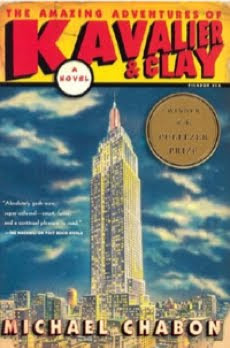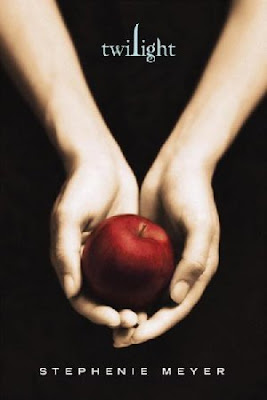 My copy: paperback
My copy: paperback
ISBN 014029628X
Purchased: March 10, 2009
from: Booksale, Cash & Carry branch
Read: May 14, 2010
For May, our book club discussed Art in Fiction. We could read any fiction book in which art featured prominently.
I first read Tracy Chevalier’s Girl with a Pearl Earring, and then I moved on to Peter Mayle’s Chasing Cezanne, but I only hit the jackpot with Susan Vreeland’s Girl in Hyacinth Blue.
Girl in a Hyacinth Blue is a fictional Vermeer painting from Vreeland’s imagination. This imagination was inspired by real-life Vermeer paintings, a common theme of which is a subject looking out the window, both subject and window bathed in golden Delft sunshine. Daily props and accoutrement litter the scene to paint a story of extraordinary ordinariness.
This is a beautiful read. I try not to use the word beautiful too casually, because it is way too easy to use it as a default adjective. But this book really is beautiful.
Physically beautiful. Though my copy is just a mass market paperback (MMP), its proportions are slightly narrower and taller than the usual inelegant MMP. The cover suggests a Vermeer painting, but it does not show it exactly the way the author describes it in the book. This means the burden and gift of imagining the painting is upon the reader. Inside, the margins are generous as if framing the text. Gaillard font is an excellent typography choice.
And the stories are beautiful. It seems, at first, that the label “novel” is a misnomer, because it is more a series of seemingly unrelated stories in different settings, going backward from Philadelphia present all the way to 17th century Delft. The thread that binds these stories is the painting as it changed ownership, and how each owner perceived it, valued it, or not.
I like how the book focused on provenance. Those who know even a little bit about art know that it’s not a commodity, its value not determined just by supply and demand, but by so many factors. Provenance is one of those factors that can give a piece legitimacy and can make its value go sky high beyond logical reasons. Yet, in this book, provenance is not treated as a valuation component. Provenance takes on a deeper meaning as the stories show the worth of a painting to the one who owns it, hides it, holds on to it for dear life, paints it, and even to the one who inspires it.
My favorite story is story number 5, Morningshine. The painting comes to a poor farming family, a couple and their 3 children flooded in, stranded in the second floor of their home, with all the possessions they saved. Oh, and a cow.
The painting comes with a baby boy and a note that instructs them to sell the painting and feed the baby. The wife falls in love with both child and painting and decides to keep both, even at the point of starvation. And at the risk of writing a spoiler, I share my favorite line, “There’s got to be some beauty too.”
This line struck a powerful chord within me. In relation to the beauty of reading. Sometimes, I feel people scoff at the time and money I spend on fiction. Like it’s a waste of time when there’s more to be learned from books that teach or inform. I like non-fiction. But there’s got to be some beauty too, the kind of beauty that only fiction can give – the kind that stirs the heart enough to make me cry or laugh. I know some people who will spend their lunch money on a book and starve their stomachs but feed their souls. They get it. They get what Vreeland is saying about art and the agonizing balance of worth between the practical and the beautiful.
There are other stories too, but I’ve said enough about this one, my favorite one, that I don’t want to spoil the rest for you. So, this finally satisfied my Art in Fiction lust.








